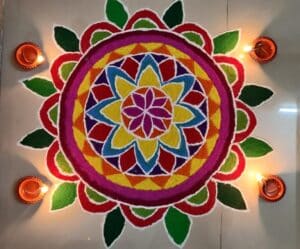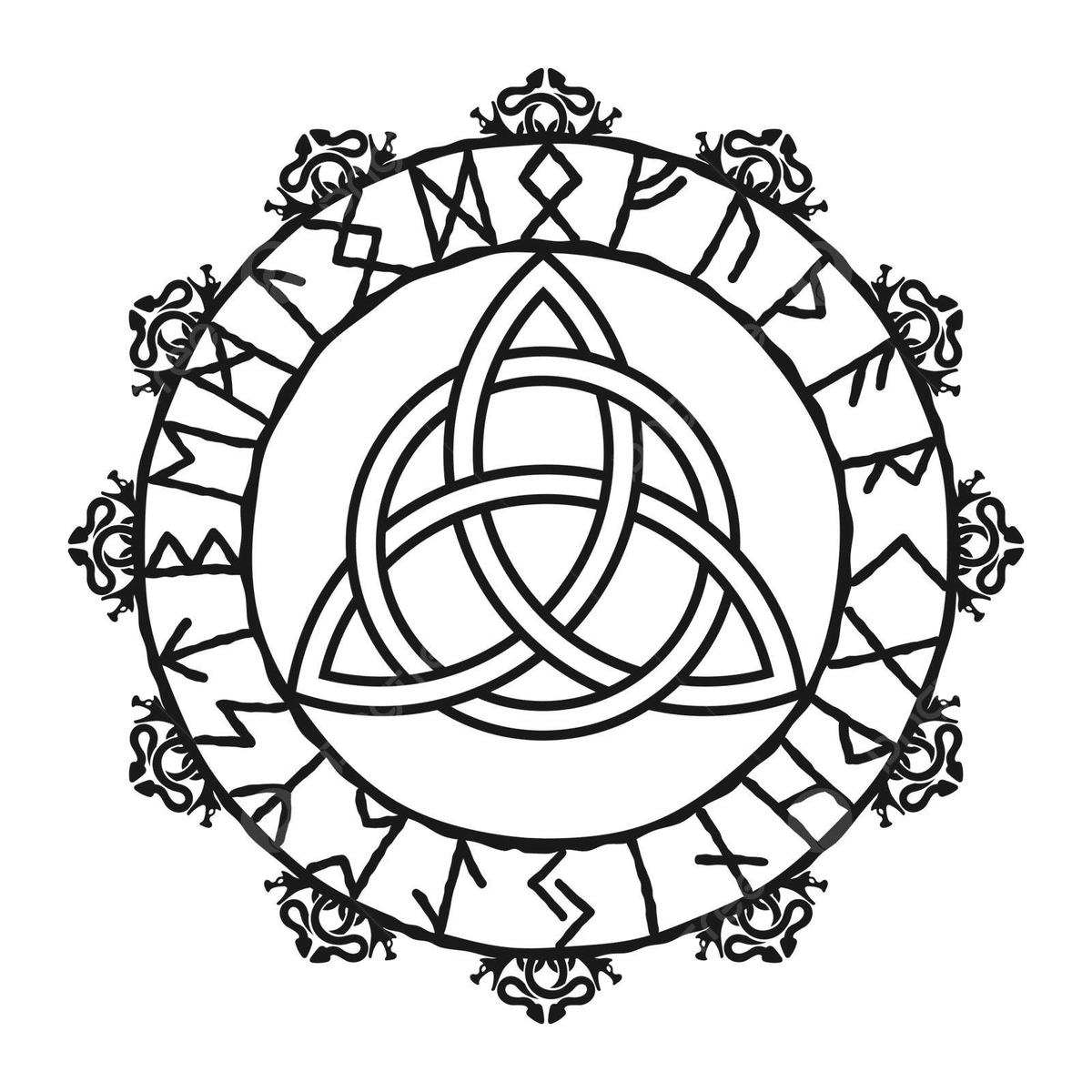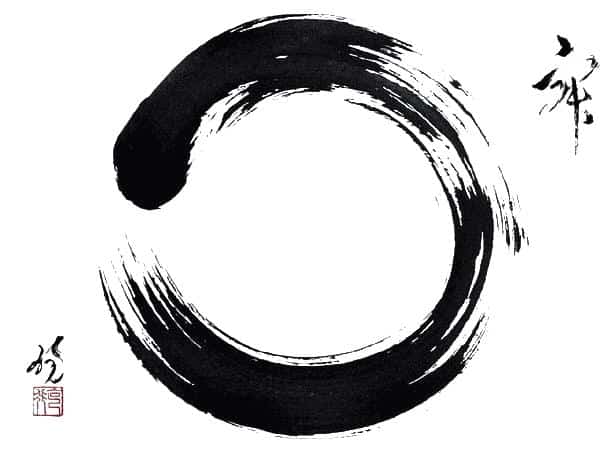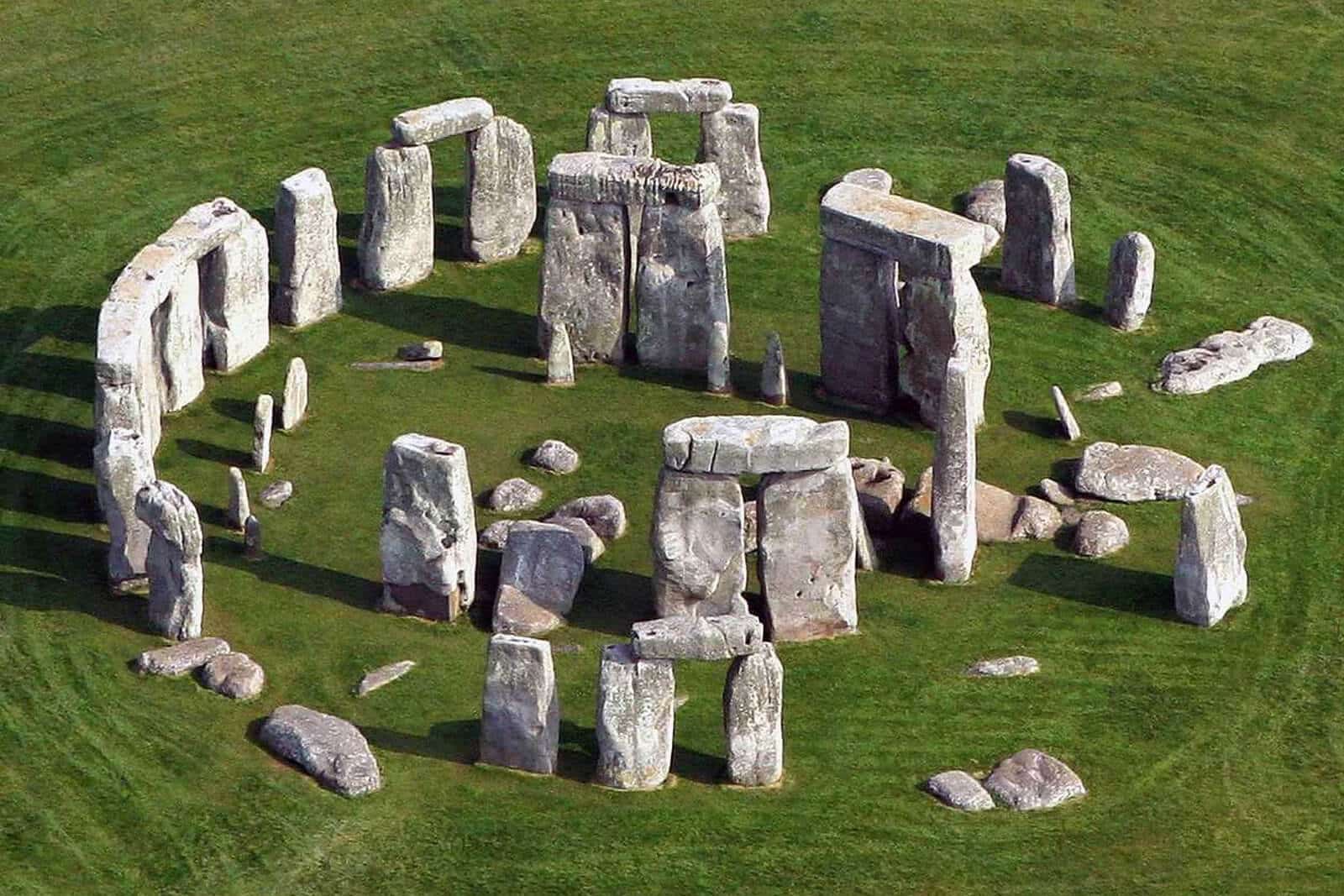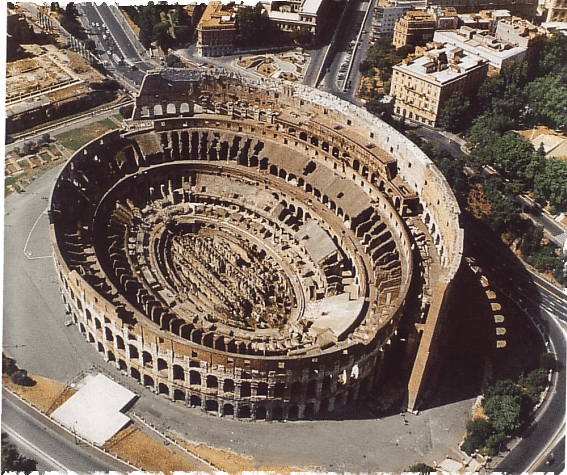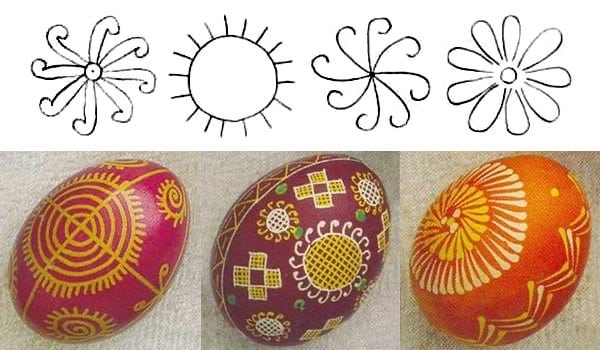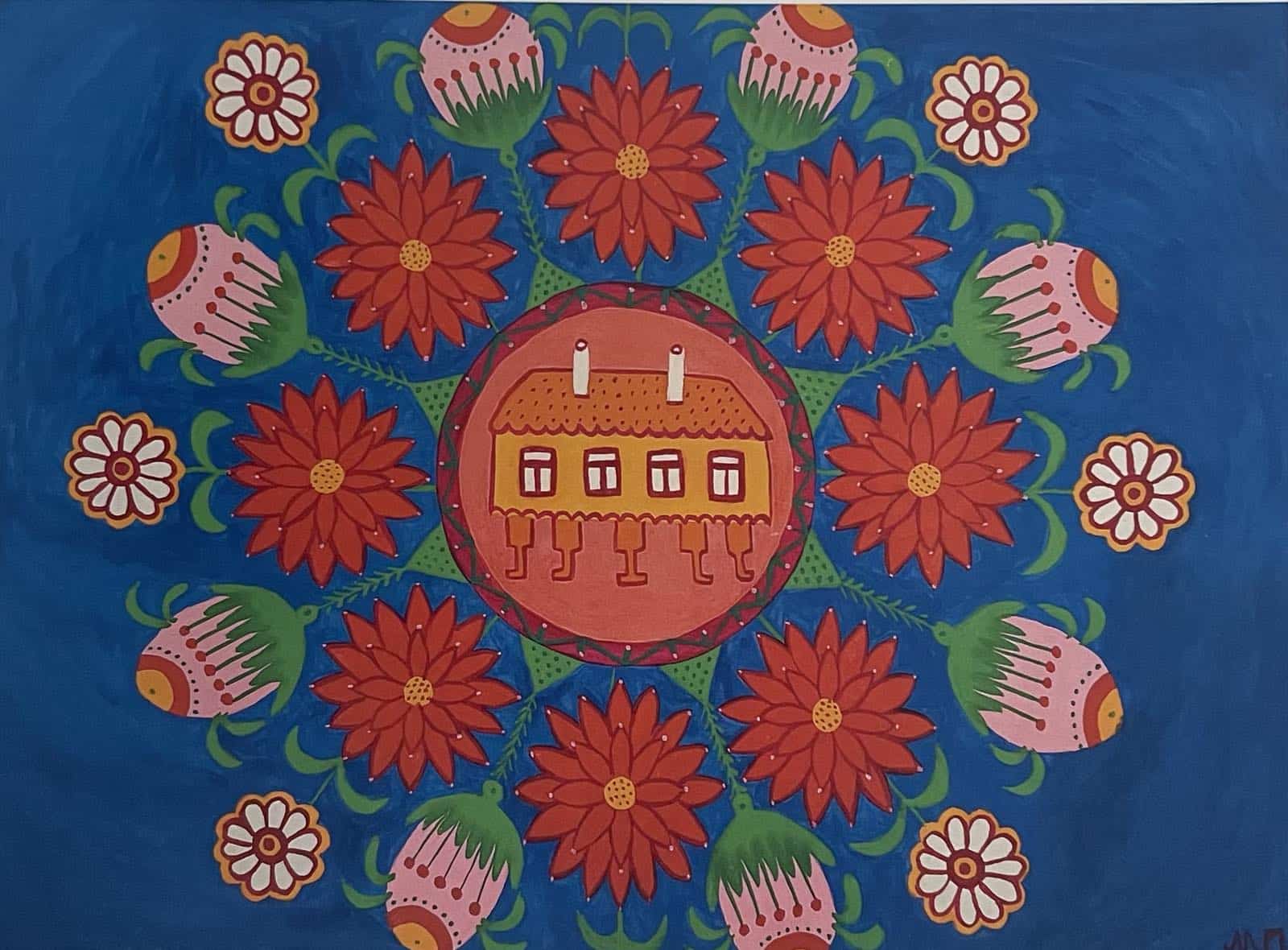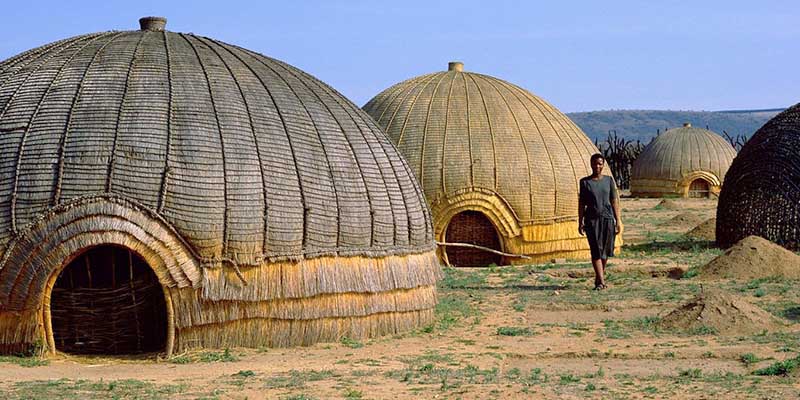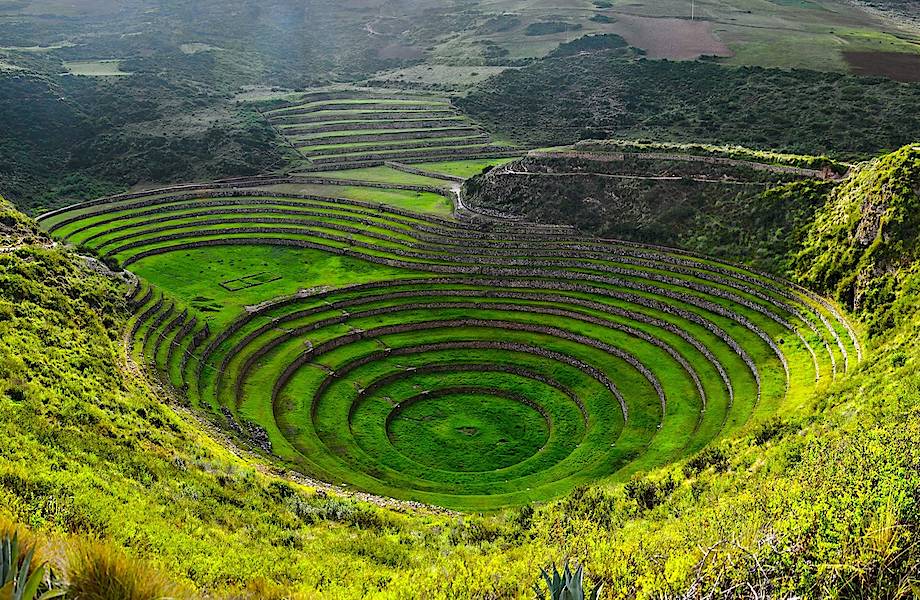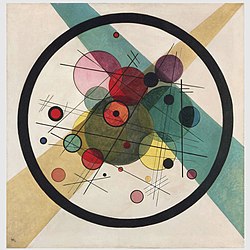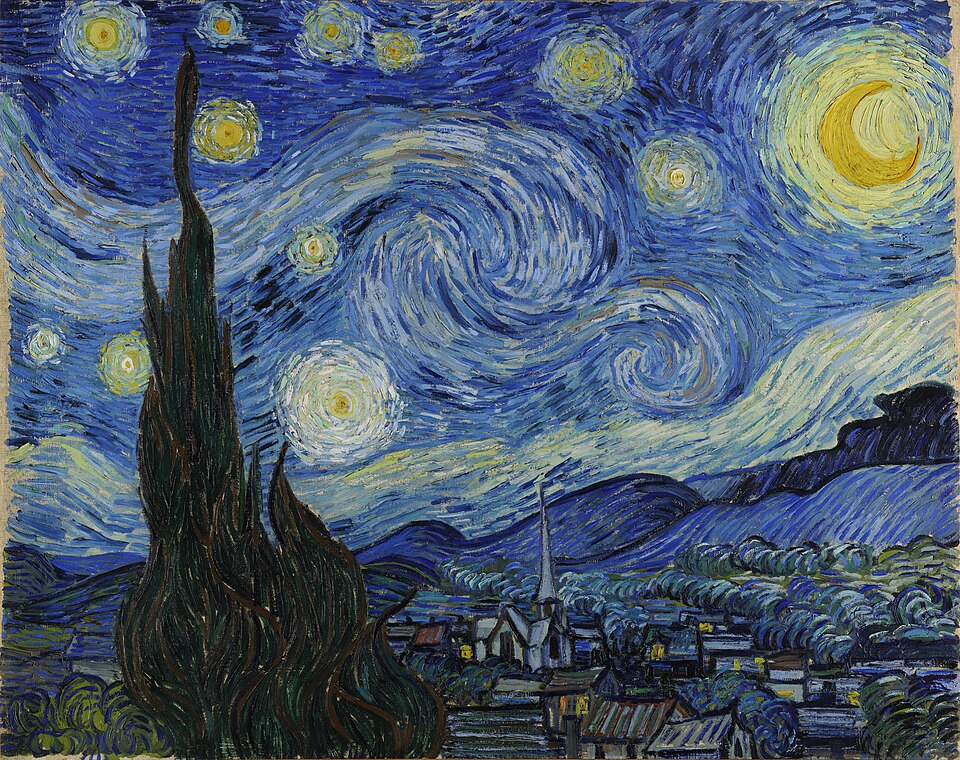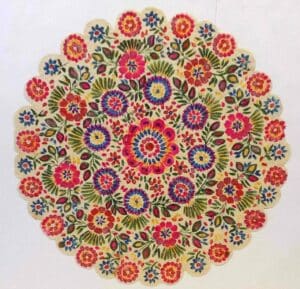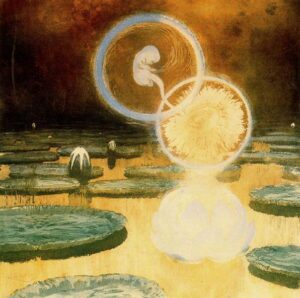
The Circle as a Symbol: Culture, Art, Psychology
The circle is one of the most ancient and universal forms. It appears in architecture, rituals, cosmology, art, and spiritual practices of nearly every culture.
The circle is one of the most ancient and universal forms.
It appears in architecture, rituals, cosmology, art, and spiritual practices of nearly every culture.
The Circle as a Metaphor. Cycle. Harmony. Center
The Circle as a Metaphor. Cycle. Harmony. Center
The circle (Sanskrit: maṇḍala, from the root maṇḍ, meaning “to surround, to cover”) has accompanied humanity since the dawn of consciousness.
Throughout life, humans observe the circle as the primary natural geometric form:
- іn space, as the shape and path of the Sun and other celestial bodies, tree rings, the pupil of the eye, ripples on water, and more;
- іn time, through the constant return of seasons and natural cycles. We live within rhythms that always return: spring after winter, morning after night.
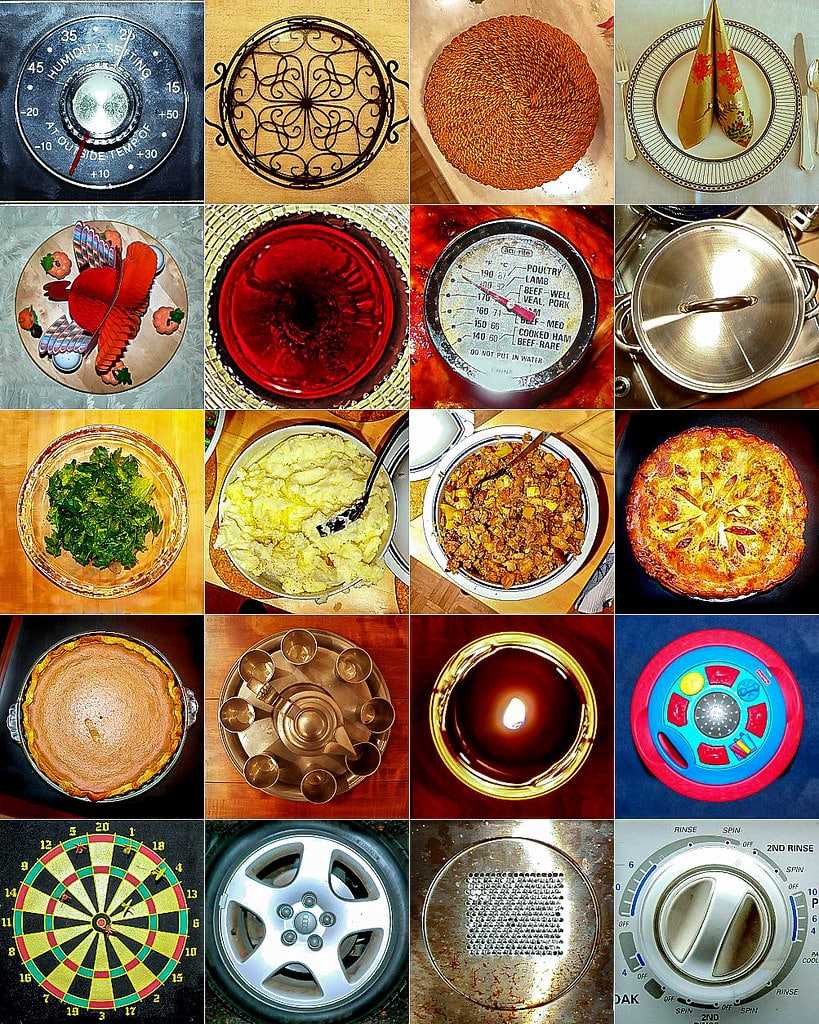
A circle is formed when one point moves on a plane around another at a constant distance.
Unlike the rigid, tense sensation associated with the square, the circle creates a feeling of relaxation and fluid motion. It is a symbol of spirit moving within its own wholeness. Ancient Chinese temples incorporated circular elements in their design. The astrological sign of the Sun is a circle with a dot in the center. All curved, rounded forms — such as ellipses, egg shapes, waves, and parabolas — are associated with the circle.

The oldest known circle, dating back about 5,500 years, comes from Mesopotamia.
Since ancient times, people have spontaneously recreated the circle in rituals, paintings, dances, and even household objects. The circle is a primary means of expressing the unity within diversity. Today, we still see the popularity of the circle in modern technology, architecture, and design. Moments of inner growth are often accompanied by circular motifs in dreams, active imagination, and spontaneous drawing.
Because the edges of a circle are equally distant from its center, its symbolism is rooted in calmness, wholeness, harmony, completeness, and balance. Sitting in a circle implies no hierarchy, no competition. Drawing or visualizing a circle evokes a sense of contact with its center. Focused yet relaxed contemplation of a circle helps organize and center the inner world, offering a balance between movement and stillness, and creating a personal time-space.
The circle is not just a shape. It is a language of nature, soul, and culture.
It is the path life follows — not straight, but spiral — returning, evolving, and renewing.
And what do you feel when you see or create a circle?
What Does the Circle Symbolize in Different Cultures?
What Does the Circle Symbolize in Different Cultures?
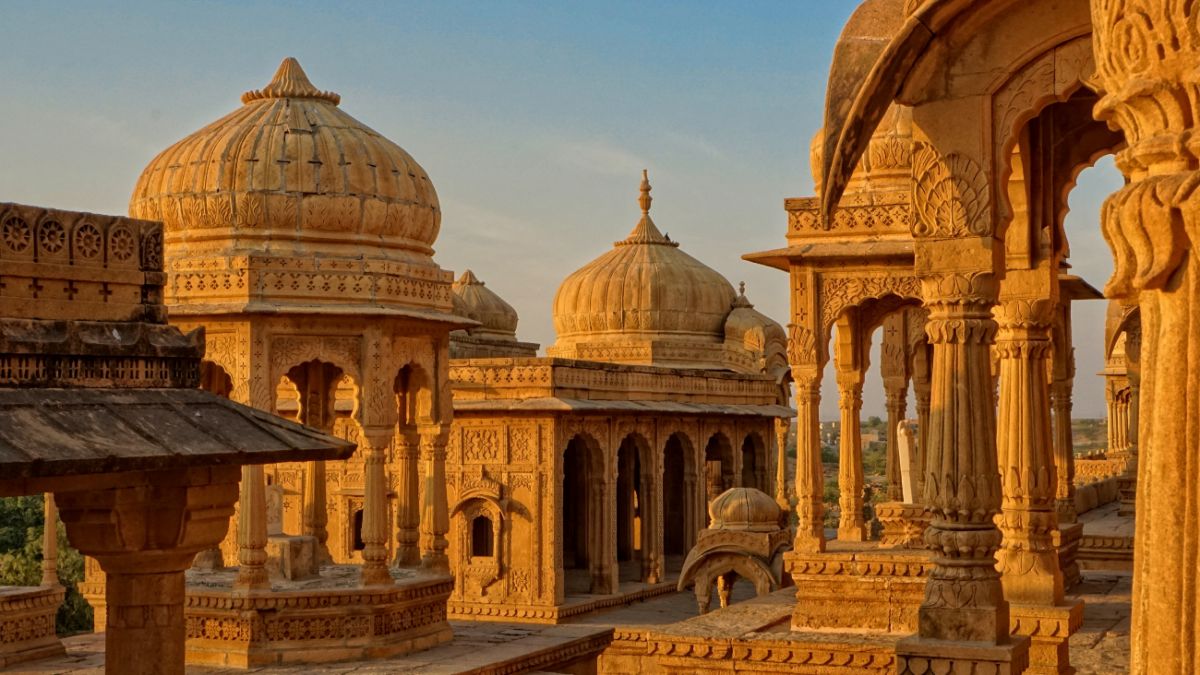
India
The Mandala — A Symbol of the Universe and Inner Harmony
A mandala is a sacred geometric pattern that, in Indian culture, represents the Universe, order, and the unity of all things. It is often circular in form, with symmetrical designs radiating from the center — symbolizing the journey from the outer world to the inner self.
Mandalas are created during:
- Meditation — to focus and achieve inner peace
- Rituals — in both Buddhism and Hinduism
- Art therapy — as a means of self-expression and emotional balance
Symbolic meanings of the mandala:
- Center — the inner world, the human soul
- Circles — eternity, wholeness, the flow of life
- Symmetry — harmony between body, spirit, and nature
Parallels in Other Cultures:
- Tibet: Mandalas made of colored sand are created by monks and then destroyed — a reminder of the impermanence of the world.
- Slavic amulets: Feature similar circular patterns symbolizing protection and spiritual order.
- Christianity: Stained-glass windows in cathedrals (e.g., the “Rose” window in Notre-Dame) also serve as sacred focal points.
Did You Know?
The word mandala comes from Sanskrit and means “circle” or “center.”
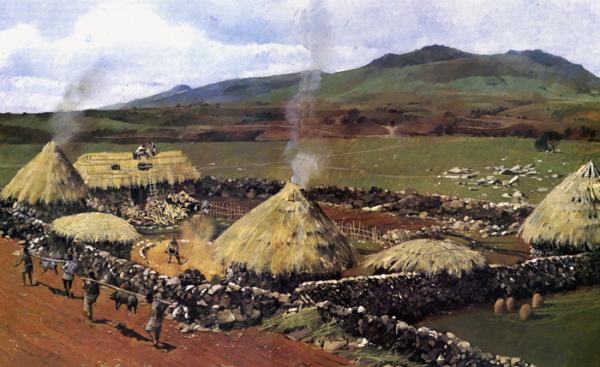
Celts
Symbols of Infinity, Unity, and the Cycle of Life
In Celtic culture, geometric patterns and symbols held deep significance, conveying ideas of eternity, interconnectedness, and the cyclical nature of life.
Celtic Knots are the most recognizable Celtic ornaments.
Key features:
- No beginning or end — symbolizing infinity
- Represent the unity of the physical, spiritual, and natural worlds
- Express the idea of the eternal circle of life, rebirth, and the bond between generations
Other Common Symbols:
- Triskelion (Triple Spiral)
A sign of motion, growth, and the three elements (earth, water, sky) or the three life stages (birth, life, death). - Celtic Cross
Combines Christian and pre-Christian elements; the circle in the center symbolizes the sun or eternity. - Spirals. Represent spiritual growth, soul development, and transcendence beyond the material world.
Sacred Meaning and Use
Celtic symbols were used in:
- Amulets and talismans
- Jewelry (bracelets, pendants)
- Architecture (patterns on stones, crosses, temple doors)
- Manuscripts (e.g., The Book of Kells)
Parallels with Other Cultures
- Like the mandala in India, Celtic knots helped people feel connected to a higher cosmic order.
- The concept of the life-death-rebirth cycle is also found in Eastern philosophies and pagan traditions.
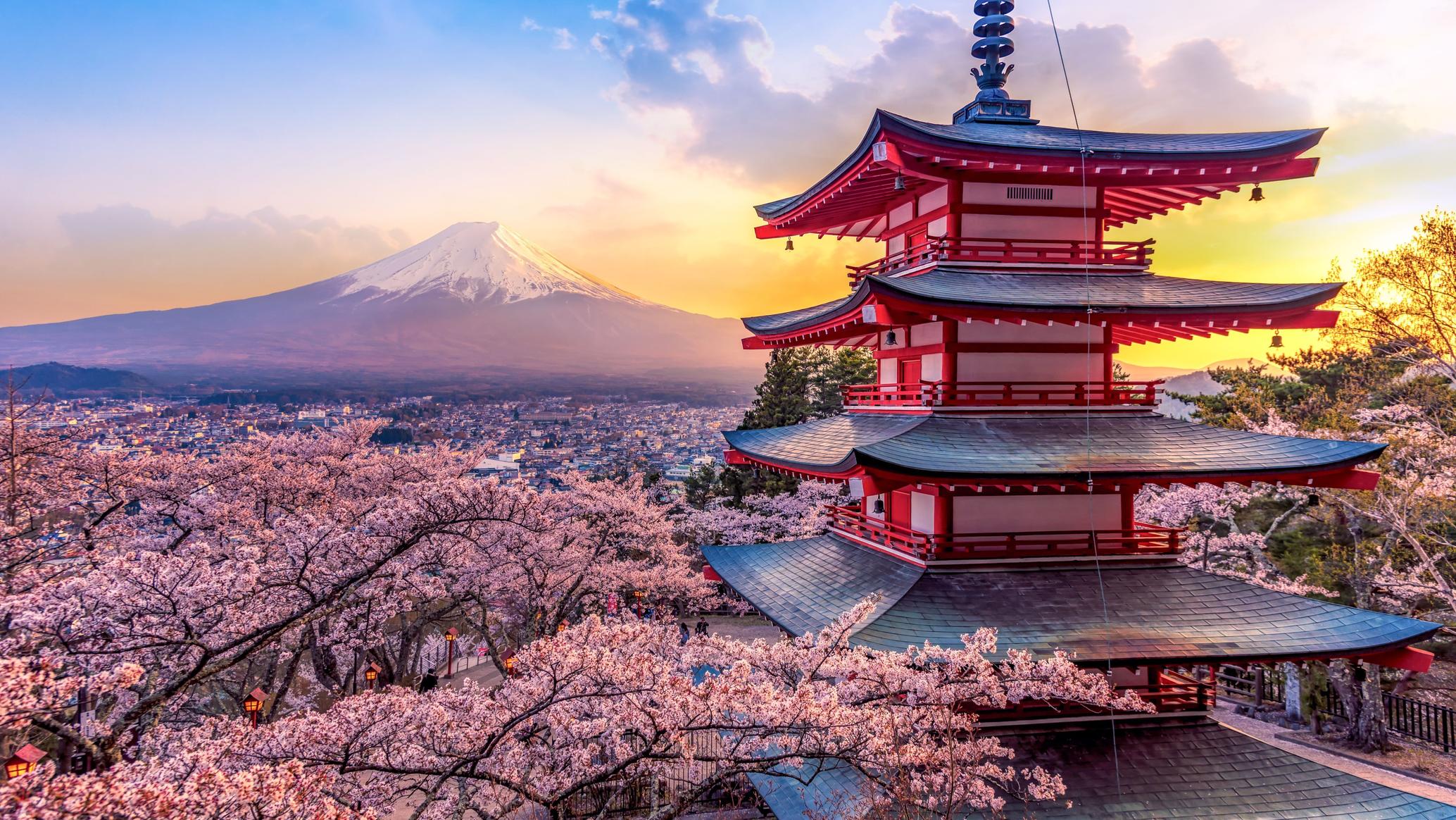
Japan
The Enso Circle — A Symbol of the Moment, Harmony, and Spiritual Freedom
Enso (円相) is a simple black circle drawn with a single brushstroke, a sacred symbol in Zen Buddhism.
Symbolic meanings of Enso:
- The Present Moment — The circle is painted in one breath and is never corrected: it reflects the state of mind at that very instant.
- Harmony and Unity — It embodies wholeness, the balance of body and spirit, of the individual and the universe.
- Freedom of Spirit — Enso can be either perfect or “imperfect” — this represents the acceptance of one’s own uniqueness and individuality.
- Emptiness (Mu) — It symbolizes boundless space, where anything is possible.
How Enso is created:
It is painted with a single brushstroke in a state of complete concentration and calm.
In Zen tradition, Enso is not merely a drawing but a practice of meditation and spiritual self-expression.
Spiritual significance:
Enso is more than just a circle. It is a mirror of the artist’s inner state. Its shape, line thickness, and even “imperfections” all carry meaning.
Parallels with other symbols:
Like the mandala in Indian tradition, Enso visualizes the spiritual center and unity of the world.
Similar to Celtic knots, it symbolizes infinity, but in a more abstract and minimalist form.
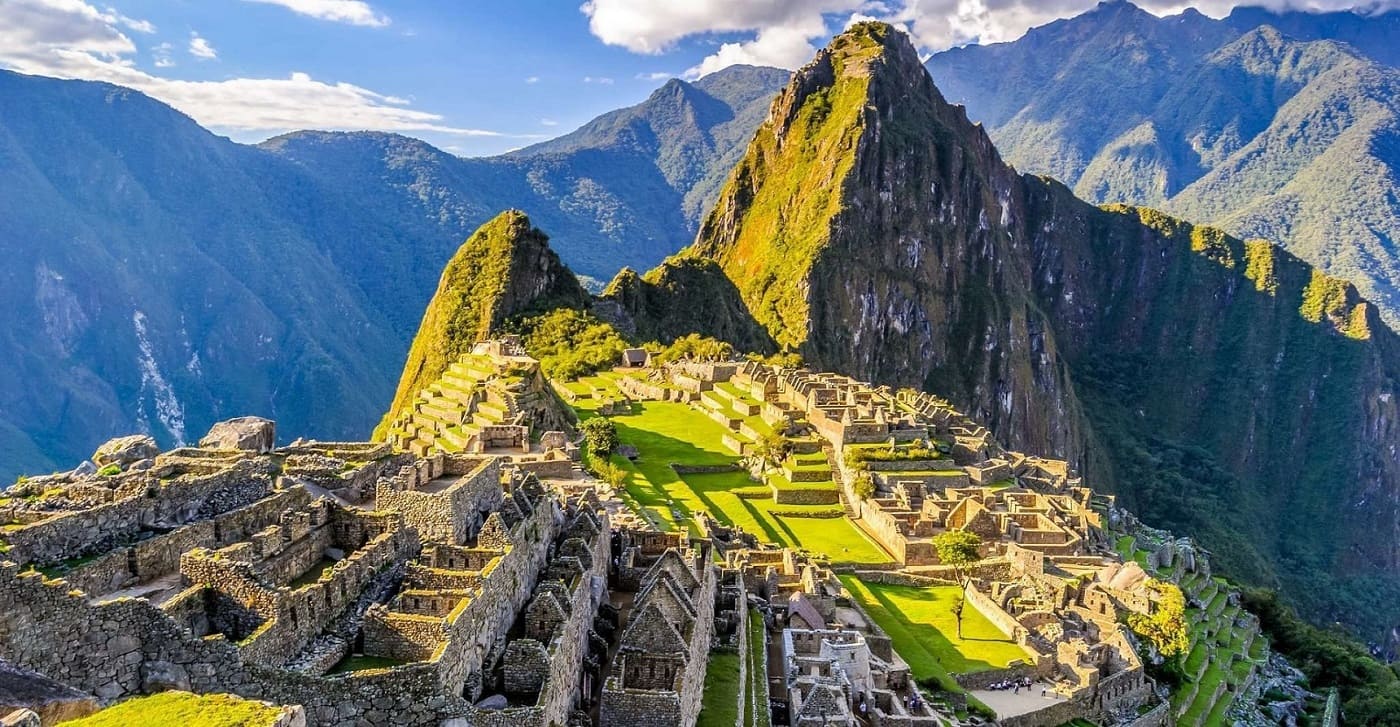
Peru
The Circle as a Symbol of the Sun, Renewal, and Harmony with Nature
In the culture of the ancient Incas, the concept of cyclicality was fundamental. The Incas viewed time not as linear but as a circular process, where life, death, and rebirth continuously follow one another. This worldview was reflected in their agricultural cycles, religious rituals, and astronomical knowledge.
The Sun (Inti) — the Incas’ main deity — symbolized the cycle of life, infinity, and renewal. Its movement across the sky formed the basis of their calendar and festivals, particularly Inti Raymi, the festival of the summer solstice that marked the beginning of a new life cycle.
In agriculture, the Incas followed natural rhythms: the cycles of rain and drought, planting and harvest — all recurring annually.
Their art and architecture also featured circular elements — for instance, the Coricancha temple in Cusco incorporated curved forms connected to celestial bodies like the Sun and Moon.
A key symbol of the universe’s structure was the chakana (Andean cross), often featuring a central circle that represented the world’s center, spiritual unity, and the connection between the three realms — upper, middle, and lower worlds.
Parallels with Other Cultures:
India: The mandala as a path to the center of consciousness.
Africa: Round tribal huts symbolize the life cycle and communal unity.
Celtic Culture: Celtic knots represent eternity and ancestral connection.
Did You Know?
The Incas believed that time moves in a circle, not in a straight line — so the end of one period is the beginning of another. This idea still lives on in the worldview of modern Andean peoples.
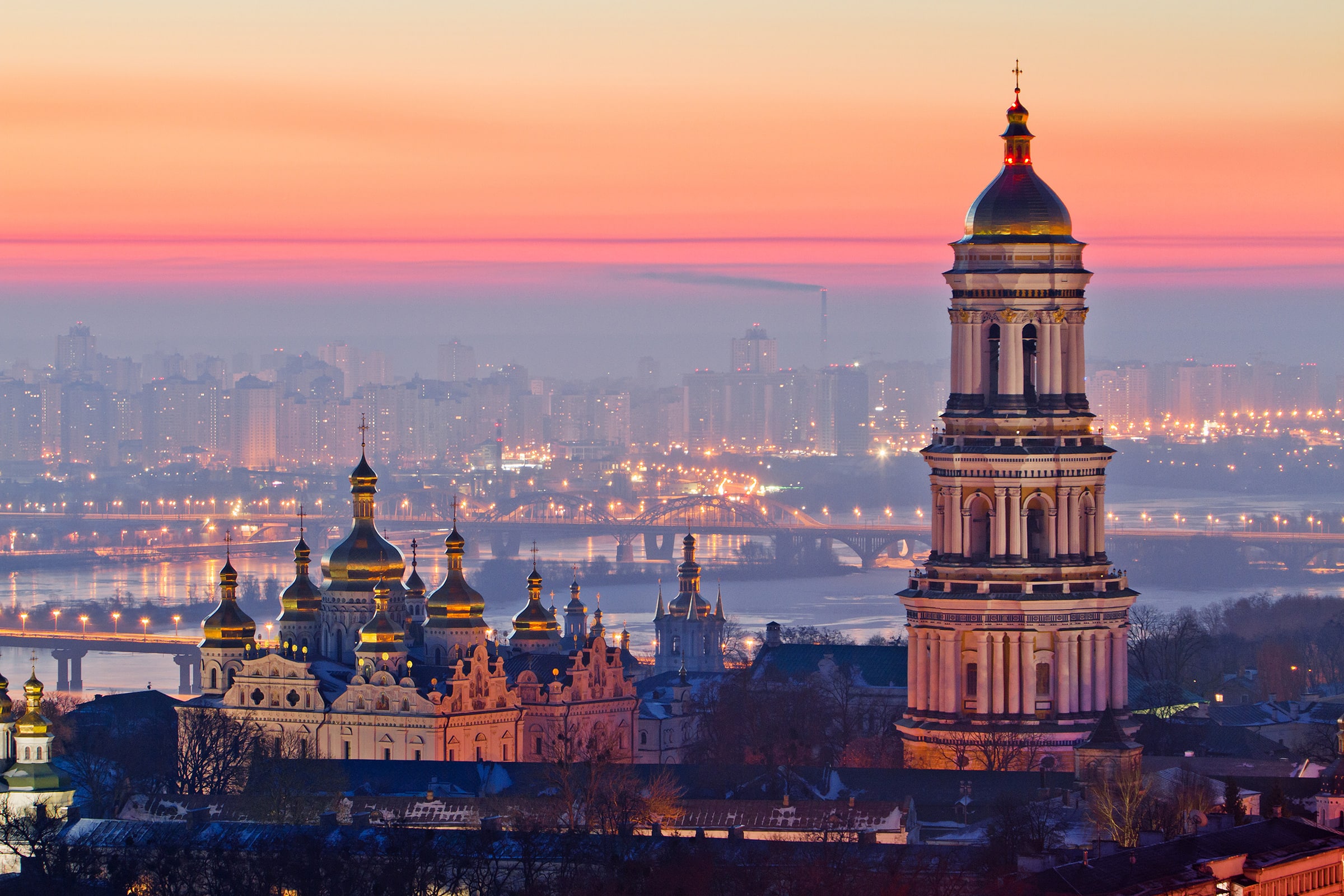
Ukraine
Circular Motifs in Embroidered Shirts and Pysanky.
In Ukrainian culture, embroidered shirts (vyshyvanky) and pysanky (decorated Easter eggs) carry deep sacred meaning. Their patterns are not merely decorative but serve as symbols of life, the sun, infinity, and spiritual protection.
Circular Motifs — Symbols of the Universe and Eternal Life
- The Sun — A central image in many designs, symbolizing life-giving energy, light, warmth, and fertility.
- Circles, rosettes, spirals — Represent the cyclical nature of existence, the circle of life, and generational unity.
- Unbroken patterns — Like Celtic knots, they symbolize infinity and the interconnectedness of past, present, and future.
The Vyshyvanka as a Protective Amulet:
- Symbolic designs were traditionally placed around the neck, sleeves, and chest — to guard the body’s “entry points.”
- Each region had its own authentic motifs (e.g., Polissia, Podillia, Hutsul region).
- Solar symbols were common — circles with dots, eight-pointed stars, etc.
The Pysanka — A Miniature Model of the Universe:
- The egg represents life and rebirth, especially in spring (Easter).
- Pysanka patterns often include circles, crosses, and rosettes, symbolizing the sun and the cycle of life.
- Every line and color held meaning: red — life and love, yellow — sun and harvest, black — eternity and remembrance.
Parallels with Other Cultures:
- Like the mandala in India or the enso in Japan, Ukrainian ornaments embody inner harmony, the unity of the world, and a spiritual center.
- Similar to Celtic knots, Ukrainian patterns express the bond between generations and serve as spiritual protection.

Africa
Round Huts — Symbols of Unity and the Cycle of Life
In the traditional cultures of many African tribes, the shape of a dwelling held not only practical but also deep symbolic meaning. The most common was the round hut — a symbol of unity, the endless cycle of nature, and harmony with the environment.
The Symbolism of the Circle in African Architecture:
- The circle is a universal symbol of the life cycle, the sun, birth and death, and the continuity of existence.
- The round hut embodies the unity of the family or tribe, where everyone is equal and there are no “corners” to isolate individuals.
- The central hearth is the spiritual and practical “heart” of the home, around which life revolves.
Functions and Significance of the Round Hut:
- Used as a dwelling, but also serves as a space for rituals, gatherings, and communication.
- Often built in small circular villages — huts arranged in a ring around a central space, representing harmonious coexistence.
- Made of natural materials — clay, straw, wood — all sourced from the environment, emphasizing unity with nature.
Tribes That Build Round Huts:
- Zulus (South Africa) — construct indlu from straw and clay.
- Maasai (Kenya, Tanzania) — villages are circular in layout.
- Dogon (Mali) — use circular architecture intertwined with astronomical symbolism.
Parallels with Other Cultures:
- Like Ukrainian pysanky or Indian mandalas, the circle symbolizes wholeness and the connection between the spiritual and material worlds.
- Similar to the Japanese enso, round huts express the principle of unity with the world and presence in the moment.
The Circle in Art, Meditation, and Psychotherapy
The Circle in Art, Meditation, and Psychotherapy
In art: Symbol of wholeness and the cosmos
The circle is used in various cultures as a visual metaphor for eternity, harmony, and spiritual centers.
In painting and decorative arts, the circle appears as a compositional focal point (stained glass, icons, rosettes), an abstract form for self-expression (for example, works by Wassily Kandinsky or symbolic pieces by Hilma af Klint).
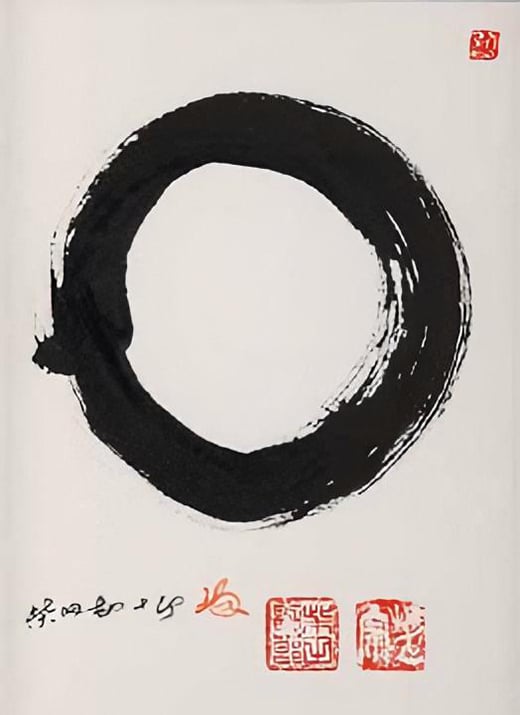
In meditation: A means of focus and purification
Mandala (in Hinduism and Buddhism) — a sacred pattern used for:
meditation — helping to concentrate on the “center” as an inner spiritual core;
ritual — reproducing the structure of the universe;
consciousness transformation — a path from chaos to harmony.
Enso (Japan) — a circle drawn in a state of complete presence; used by Zen Buddhists for training attention, acceptance, and self-expression.
Music:
Playing hand drums.
In psychotherapy: Jungian approach to the mandala
Carl Gustav Jung, a Swiss psychiatrist and founder of analytical psychology, considered the mandala as:
“archetype of the self” — a symbol of the deep wholeness of personality.
Key ideas of Jung:
People instinctively create circular images (mandalas) during periods of inner instability, stress, crisis, or transformation.
The mandala becomes a way of self-regulation — organizing chaos, healing, and restoring balance.
Creating mandalas in therapy is a form of dialogue with the subconscious, where each element holds personal significance.
Examples of application:
Art therapy: a patient draws a mandala — the therapist analyzes colors, shapes, the center, symbolism.
Dreams featuring mandalas: interpreted as messages about psychological transformation.
Personal mandalas: Jung himself drew mandalas daily during difficult periods of his life.
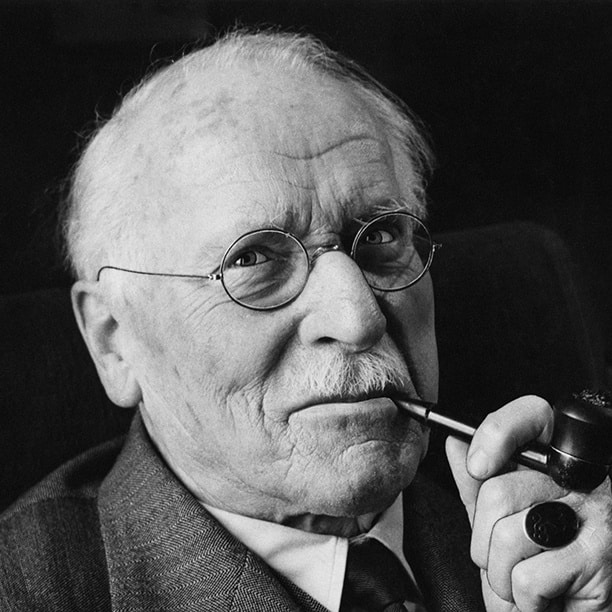
The Circle in the Use of International Brands
The Circle in the Use of International Brands

Pepsi
Logo — a circle with red, white, and blue segments.
Symbolizes: energy, global reach, dynamism.
The use of the circle reinforces the idea of a youthful, “alive” brand that is “in motion.”

MasterCard
Two intersecting circles (yellow and red) = unity.
Symbolizes: a global network, exchange, interaction.
Emphasizes the idea of a reliable financial connection between people and institutions.
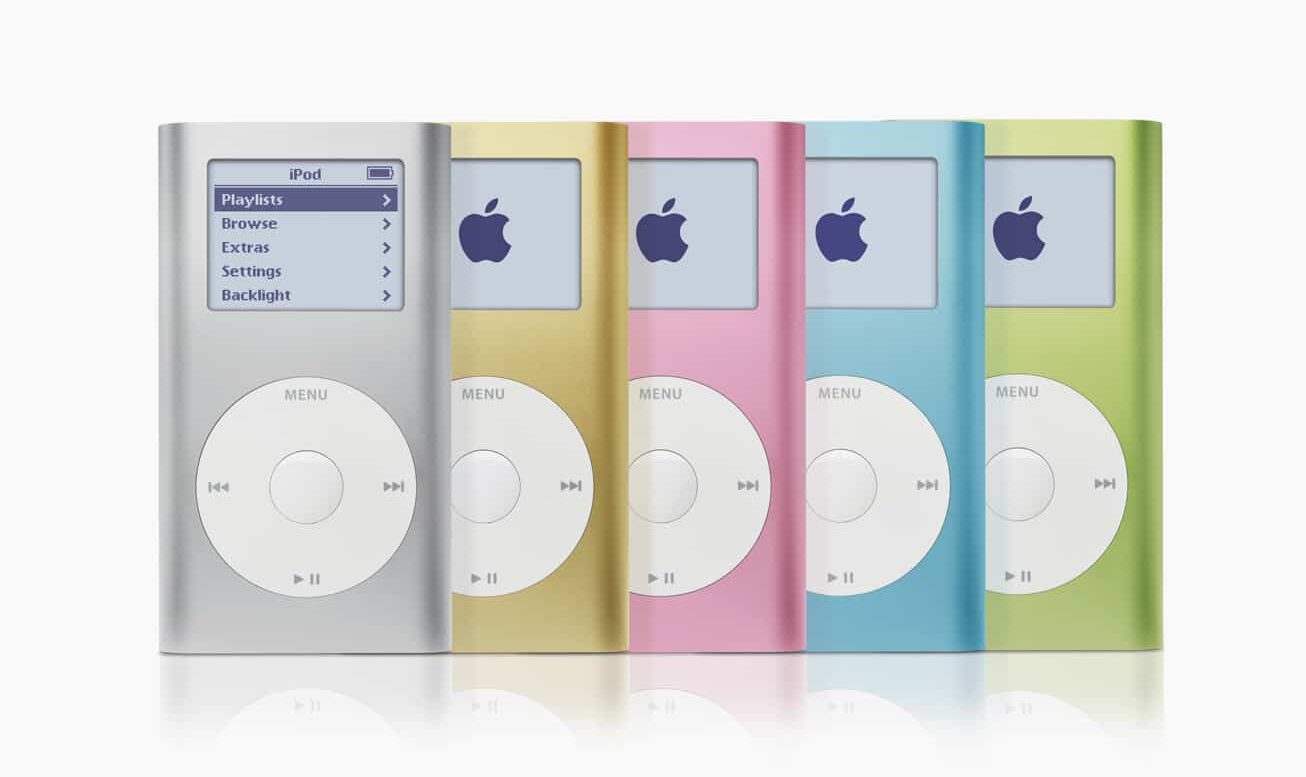
Apple (former Apple Records logo)
In earlier versions (iPod era), the circle was used as a background or interface element.
In iOS design, the circle is actively used in buttons and icons intended to be intuitive and friendly.

Toyota
Logo with three ellipses forming a circle.
Symbolizes: the customer’s heart, the product’s heart, technological progress.
The circular shape emphasizes the unity between the brand and the consumer.

Olympic Rings
Five rings = five continents.
Symbolizes: unity, peace, global cooperation.
One of the strongest global examples of the cultural universality of the circle.

Chupa Chups
A combination of simplicity, joy, and iconic design that is instantly associated with childhood, sweets, and carefreeness.
The circular shape with a wavy outline resembles a flower.
Created by Salvador Dalí in 1969.
